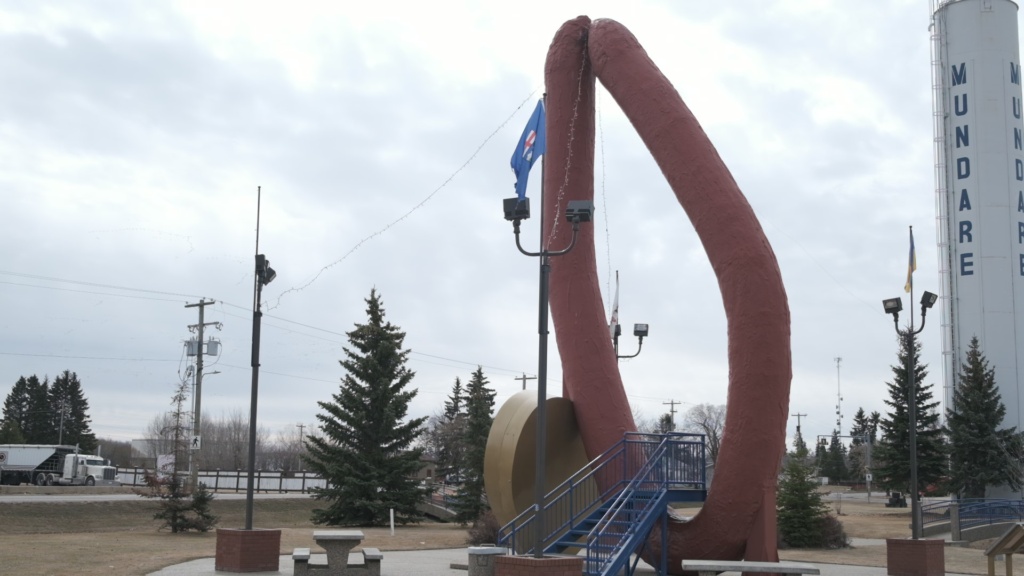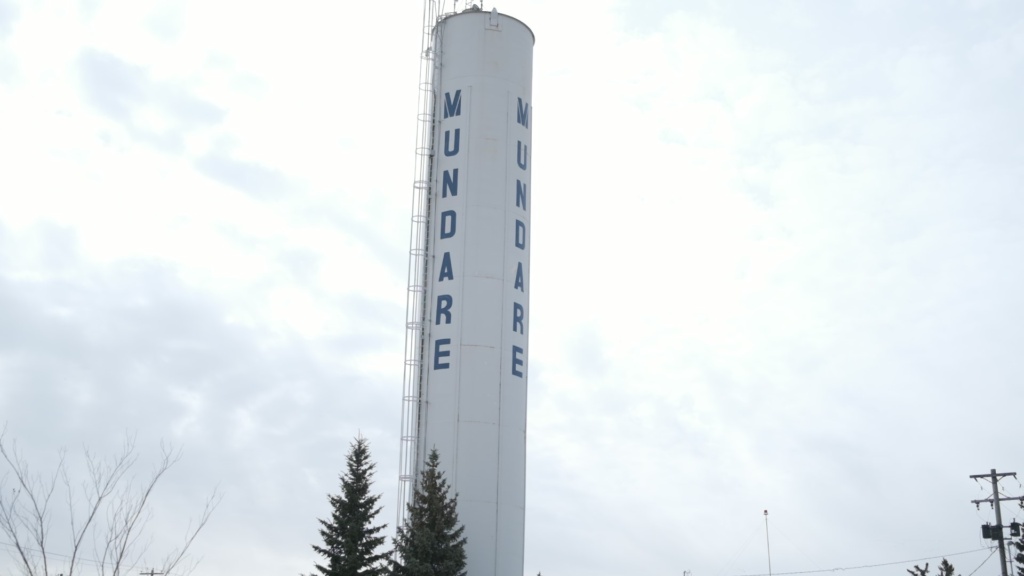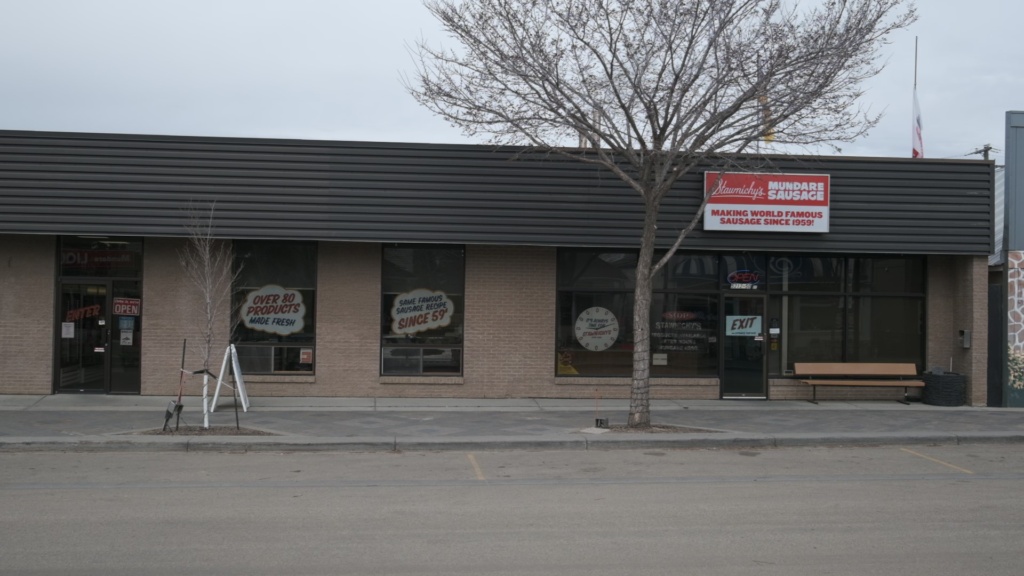Nestled in the prairies of Alberta, Mundare is a town with a rich tapestry of history that began with the advent of the railway. Its story unfolds with the convergence of English farmers and Eastern European immigrants, creating a vibrant community that thrives to this day.
In the late 1800s, English settlers were drawn to the northeastern shore of Beaverhill Lake, about eight miles from Mundare’s future site. J.D. McAllister, one of the Scottish homesteaders, established a blacksmith shop, post office, and general store. His business flourished as it became a vital stop on the pioneer trail from Edmonton.
However, the turn of the century brought a significant shift. A wave of Eastern European farmers, primarily from Ukrainian lands within the Austro-Hungarian Empire, began to settle in the region. This influx transformed the landscape, adding diversity and a new cultural dimension to Mundare.

The arrival of the Canadian Northern Railway in 1905 marked a turning point for Mundare. A siding was established at what would become the heart of the village, quickly making it a focal point for trade and community life. J.D. McAllister was quick to capitalize on this opportunity, expanding his enterprise with additional businesses, including a lumber yard and implement shop.
Another key figure in Mundare’s early development was J.S. McCallum. By 1906, he had opened a store and ventured into various other businesses, from cattle buying to real estate and insurance. His entrepreneurial spirit, shared by many in the community, contributed to Mundare’s rapid growth.
The town’s layout followed the “T-town” plan common in prairie communities, with Main Street extending northwards from the railway tracks. This layout facilitated the growth of small shops, hotels, and services, some of which were branches of national chains, while others were launched by enterprising Ukrainian settlers.
Language barriers were overcome by Scottish-Canadian merchants like McAllister and McCallum. They learned Ukrainian to better serve their growing Slavic customer base, demonstrating a commitment to inclusivity and community building.

Mundare also emerged as a cultural and religious center for Ukrainian settlers in rural east-central Alberta. In 1909, St Peter and Paul Ukrainian Catholic Church was built, marking a significant milestone in the community’s spiritual life. The church’s construction was blessed by Metropolitan Andrii Sheptytsky from Lviv, underscoring its importance to the Ukrainian community.
The growth of the church was mirrored by the establishment of monasteries and convents in Mundare. These religious institutions played a vital role in shaping the town’s identity and cultural heritage.
By 1910, Mundare had fifteen businesses, a number that more than doubled in the following decade. This growth was fueled by the town’s role as a major service point for residents in the surrounding countryside.
To address the growing medical needs of the community, the Sisters Servants of Mary Immaculate took the initiative to build Mundare Hospital in 1928. This hospital, later renamed Mary Immaculate Hospital of Mundare, served the community for fifty years before being replaced by a new facility.

Today, Mundare is perhaps best known for the Stawnichy Meat Processing Company, renowned for its “Mundare Sausage” or kovbasa. Started by the Stawnichy family in 1959, the company has grown exponentially, offering a wide range of meat and food products that are enjoyed far and wide.
For those interested in delving deeper into Mundare’s history, the Basilian Fathers Museum offers a fascinating look at the town’s past. Built in 1990, the museum showcases the rich mission history and the settlements it continues to serve.
While Mundare experienced a decline in population after World War II due to changes in the agricultural economy, it is poised for a resurgence. With the Whitetail Crossing development underway south of town and its strategic location just an hour east of Edmonton, Mundare is looking ahead with optimism and renewed energy. As it embraces new opportunities, the town remains grounded in its rich history, preserving its past while forging a bright future.
